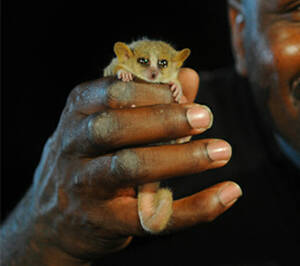
Marohita Mouse Lemur (scientific name: Microcebus marohita) is also known as Marohita Mouse Lemur. It has no subspecies. Its specific habits are unknown.Listed in the "Red List of Threatened Species of the World Conservation Union" (IUCN) 2014 ver 3.1 - Critically Endangered (CR).Protect w...
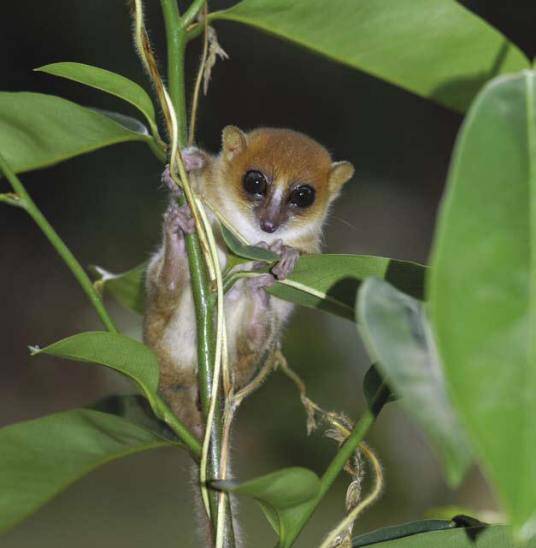
Margot Marsh's Mouse Lemur (scientific name: Microcebus margotmarshae) is a small lemur endemic to Madagascar. It has no subspecies. Its specific habits are unknown. The full information of the Magomash dwarf lemur was first collected on May 21, 2006, proposed by Andriantompohavana e...
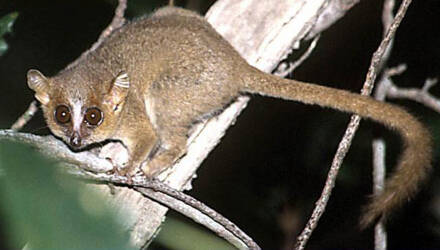
Claire's Mouse Lemur (scientific name: Microcebus mamiratra), foreign name Claire's Mouse Lemur, no subspecies. Specific habits are unknown.Listed in the "Red List of Threatened Species of the World Conservation Union" (IUCN) 2014 ver 3.1 - Critically Endangered (CR).Protect wild a...
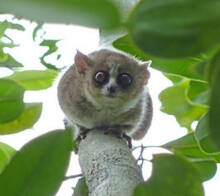
MacArthur's dwarf lemur (scientific name: Microcebus macarthurii), foreign name MacArthur's Mouse Lemur, no subspecies.The MacArthur dwarf lemur is named in honor of Catherine T. MacArthur, founder of the MacArthur Foundation, which funded research that included the discovery of this species...
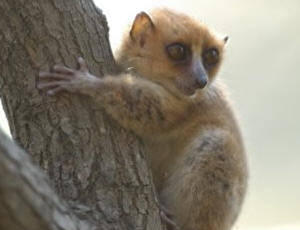
Jolly's dwarf lemur (scientific name: Microcebus jollyae) is also known as Grey-brown Mouse Lemur. The name of this species is in honor of primatologist Alison Jolly.Populations of the Jolly dwarf lemur are reported to occur in the forests of Mananjari and Kianjavato. The area is located at an a...
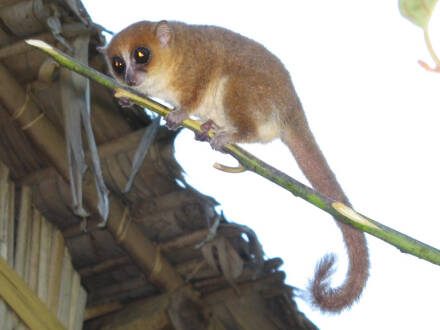
Gerp's Mouse Lemur (Microcebus gerpi) is a new species discovered in 2012, and little is known about its behavior, communication methods, ecology or reproductive habits. The species appears to be confined to a small area of lowland evergreen rainforest and is seriously threatened by forest loss....
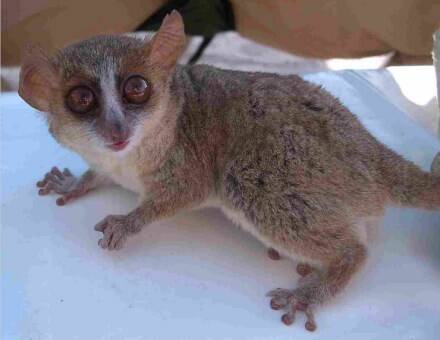
Microcebus danfossi (Microcebus danfossi) is an arboreal lemur that usually lives in pairs near streams or rivers. It feeds mainly on fruits and insects. It is active at night and spends the day hiding in tree holes. It is found in the mountainous rainforests of Madagascar.Listed in the 2014 Red Lis...
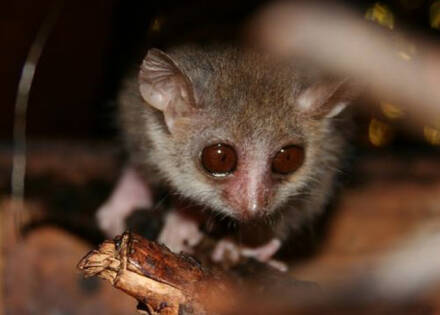
Bongolava dwarf lemur (scientific name: Microcebus bongolavensis) is also known as Bongolava Mouse Lemur in English. Its specific habits are unknown.Listed in the 2014 Red List of Threatened Species of the World Conservation Union (IUCN) ver3.1 - Endangered (EN).Protect wild animals and stop eating...
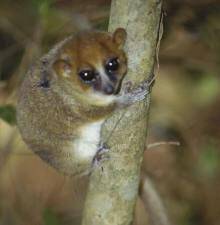
Arnold's dwarf lemur (scientific name: Microcebus arnholdi) lives in trees and groups, usually about 30 pairs living by streams or rivers. It mainly feeds on fruits and insects. It spends the day hiding in tree holes. In the evening, even if it wakes up, it will wait until sunset to scurry aroun...
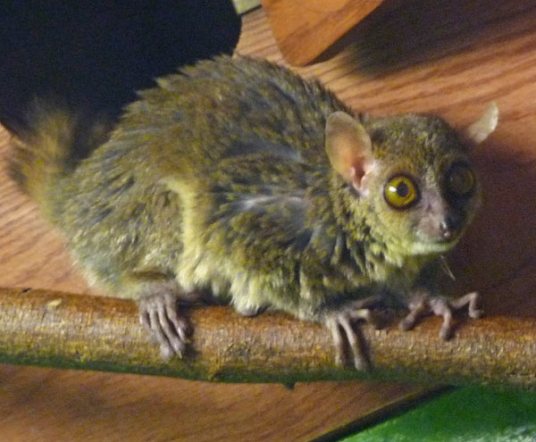
The scientific name of Coquereli's dwarf lemur is Mirza coquereli. It is an animal that is active at night and lives low in trees. Male monkeys usually act alone, while female monkeys form a small group. They mainly feed on fruits, flowers, insects, etc.Listed in the World Conservation Union (IU...
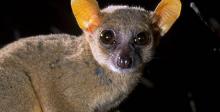
The scientific name of the rufous lemur is Microcebus rufus. It is omnivorous. Most of them prefer fruits, some prefer insects, and some feed mainly on resin.Listed in the "World Conservation Union" (IUCN) ver.: 2008 Red List of Primates - Low Concern (LC).Protect wild animals and stop eat...
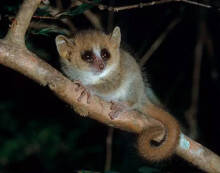
Microcebus murinus, scientific name of dwarf lemur, is found in humid tropical rainforests, living in trees and groups, usually about 30 pairs living by streams or rivers. It mainly feeds on fruits and insects. It spends the day hiding in tree holes. In the evening, even if it wakes up, it will wait...
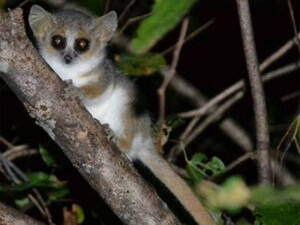
The specific habits of the red-gray dwarf lemur (scientific name: Microcebus griseorufus) are unknown.Listed in the 2014 Red List of Endangered Species of the World Conservation Union (IUCN) ver3.1 - Least Concern (LC).Protect wild animals and stop eating game.Maintaining ecological balance is every...
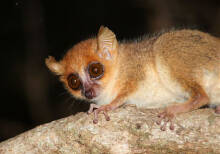
Berthe's dwarf lemur (scientific name: Microcebus berthae), also known as Madame Berthe's Mouse Lemur, has no subspecies.The Bailey's dwarf lemur is found in humid tropical rainforests, living in trees and in groups, usually in pairs by streams or rivers. It feeds mainly on fruits and in...